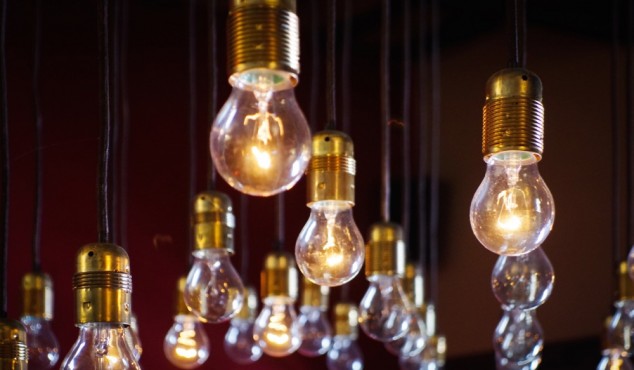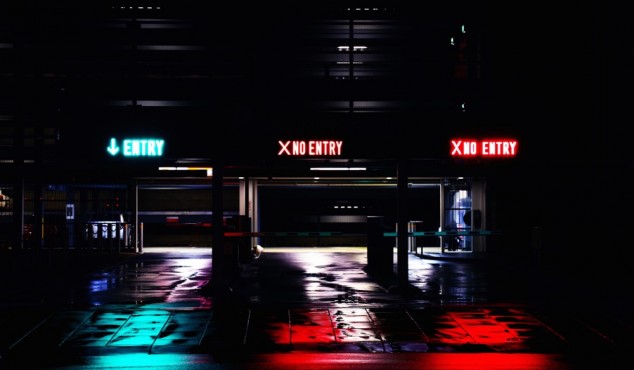How a Change in Lighting Can Make You More Productive at Work

Color temperature, to put it simply, is a way of describing the characteristics of light. When we talk about “warm” or “cool” lighting, we’re talking about color temperature. Color temperatures are measured in degrees of Kelvin, or “K”.
According to experts in the lighting space, the cooler lighting is most beneficial to us in the workplace. In the office, we should aim for lighting that appears blue-white and has a higher color temperature of 4,600K or more. To put this into perspective:
– An example of “warm lighting” is the glow from a fire, which has a color temperature of about 2,000K.
– Examples of “cool lighting” include sunsets (about 4,000K), typical sunny days (between 5,000K and 5,500K), and overcast winter days (about 7,000K).
A number of studies have found that sunlight, which is considered a cool color, can be beneficial to workers, especially those workers who are inside an office all day long. Among the benefits of natural daylight is a decrease in depression and improvements in alertness, energy, mood, and productivity.
“Light has an enormous effect on our physical and mental well-being,” said Stanley Felderman of design studio Felderman Keatinge & Associates in an interview with MBA@UNC, the UNC Kenan-Flagler Business School’s online MBA program.
Felderman and his wife, Nancy Keatinge, believe that we act differently depending on the light in our environment.
Because light has been found to have such a direct impact on how we perform at work in particular, design studios like Felderman Keatinge & Associates take down drywall and “use an extensive amount of glass” when designing office spaces. In the interview with MBA@UNC, Felderman and Keatinge said that designing offices this way allows light to travel into and disperse th
There are a plethora of studies on how lighting can affect productivity, but the most interesting of them all may be the one conducted by Mirjam Muench. The scientist compared two groups of people — one exposed to daylight and the other exposed to artificial light — over the course of a couple of workdays. Ultimately, Muench found that “people who had DL (Daylight) were significantly more alert at the beginning of the evening, and subjects who were exposed to AL (Artificial light) were significantly sleepier at the end of the evening.”
Muench also found that our cortisol levels drop significantly under artificial lighting conditions. That means artificial or poor lighting can actually make workers more stressed.
Can’t Bring Daylight Into Your Office? Get Some ‘Blue-Enriched’ Lightbulbs Instead
If daylight isn’t an option, studies have found that working under “blue-enriched” light bulbs that mimic daylight colors can increase work performance. Researchers at the University of Greenwich found that the people who worked under blue-enriched light bulbs reported feeling “happier, more alert, and had less eye strain.” Blue light can also help to reduce fatigue, helping workers stay alert the same way that coffee does.
Felderman and Keatinge suggest using cooler, blue lights in brainstorming rooms and other places where you want people to be sharing ideas. For more intimate settings, like meeting rooms, warmer tones are the way to go, as they’ll make workers feel calmer and more relaxed. For conference rooms, middle tones are preferred: that way, you can produce an inviting environment that still keeps workers motivated.

